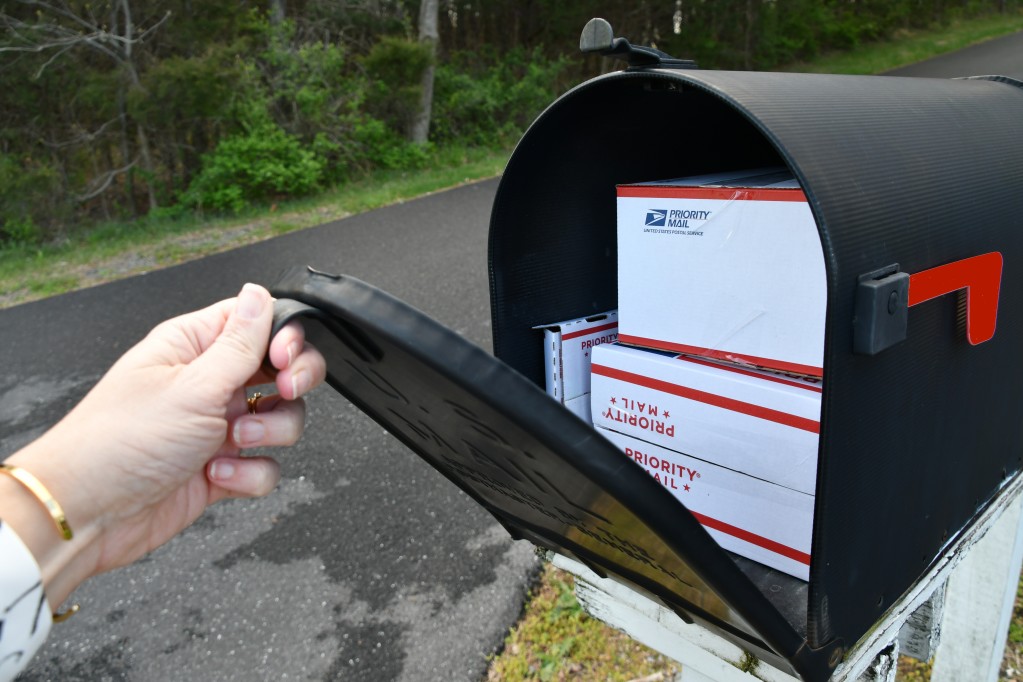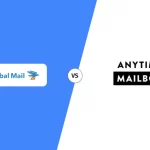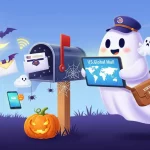At first blush, mailing an envelope doesn’t look that involved. After all, what more is there to pulling this off than stuffing and envelope, licking and sticking it together, slapping on a stamp, addressing the envelope, and then dumping it in a mailbox. Well, believe it or not, there are quite a few other things you’re going to want to focus on to make sure that your envelope gets to your intended recipient A-OK – and that’s why we put together this detailed guide. Below we share (almost) everything you need to know about how to mail an envelope right way. We cover the basics of picking the right envelope in the first place, addressing the envelope correctly, making sure that you’ve got a good seal on your envelope and a handful of other critical aspects you might have otherwise overlooked.
Ready to jump right in? Let’s do this!
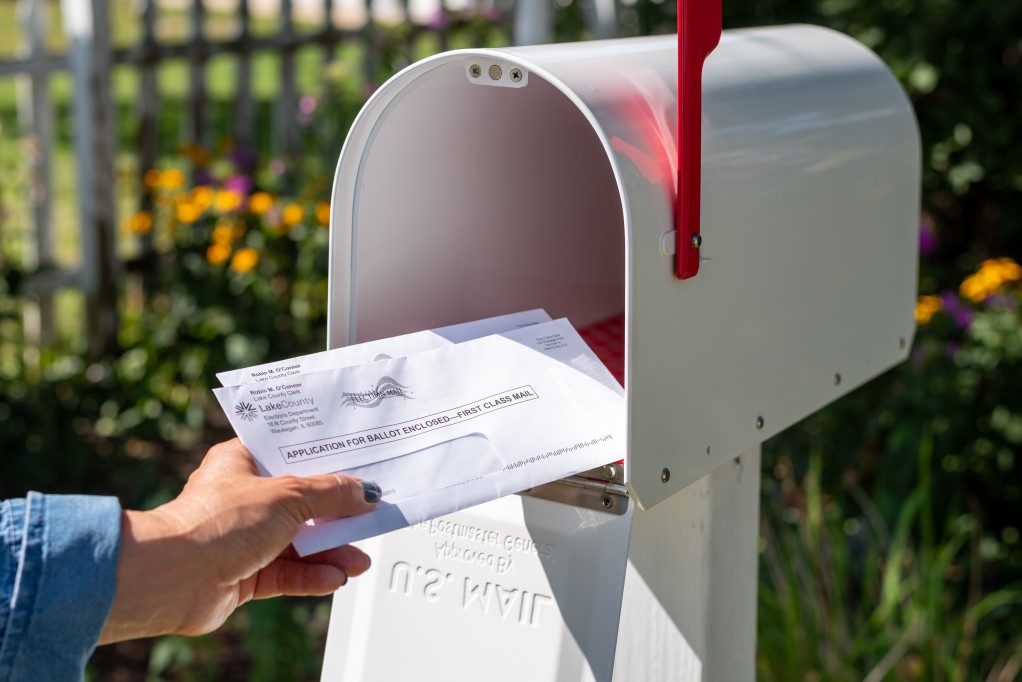
Picking the Right Envelope
For starters, you’ll need to figure out which kind of envelope is right for you to send your letter or package in. Most people are going to be sending traditionally sized envelopes (letter sized envelopes) through the mail, though there are a myriad of other options available as well.
Large-format envelopes – sometimes called flats – are very popular with those that want to send something other than a folded up letter through the mail, but don’t necessarily need a box at the same time. These are the kinds of envelopes you’ll likely get from delivery companies outside of USPS, the kinds of envelopes delivered by UPS, FedEx, and DHL. They often measure about 6 inches tall by 11 inches long by ¼ inch in length (or right around there) and are perfect for oversized documents, marketing materials, printed materials and other small items that won’t get damaged with thin envelope material going through the mail.
Clasp style envelopes, “bubble” envelopes, and window envelopes are options that you might want to consider as well. All of these decisions are going to be heavily influenced by what you are sending through the mail in the first place. If you just need to send a letter to someone, a traditional envelope will get the job done right. If you want to send a lot of material through the mail (or little gifts in the mail, too), larger format envelopes or clasp and bubble style envelopes are the way to go. Finally, if you want a more professional look, you can’t go wrong with window envelopes.
Addressing the Envelope Properly
Addressing envelopes is super simple and straightforward (for the most part), but still something you want to make sure you have done correctly. Let’s start with the top left-hand side of every envelope. This is where you’re going to want to put your return address information. Start with your first and last name, followed by your street address, followed by your city, state, and ZIP Code information. Make sure that you maintain that format and you won’t have anything to worry about. Moving to the middle of the envelope now. Keep the same kind of format, but this time use the first and last name of the recipient of your letter. After that (if applicable) include the business or organization name, then include the street address, followed up by their city, state, and ZIP Code information. If you are sending this letter overseas you’ll want to include country information on the very bottom part of this address section.
Finally, you’ll want to make sure that you have attached the right postage to the top right-hand section of the envelope. If you’re sending a regular letter (four or five pages, first-class mail) than a single stamp will usually be enough to get it to its ultimate destination. On the other hand, if you’re sending a thicker letter – or something other than paper in the envelope – you might have to pony up a little bit of extra money for premium postage. Just be sure that you have your postage squared away before you drop it in the mailbox or leave it with someone at the post office. The last thing you want is your envelope getting returned to sender just because your postage wasn’t quite enough!
Make Sure You’ve Got a Good Seal!
Everybody knows that you have to lick the self-adhesive on the back of the envelope to activate it (unless you’re using more modern “peel and stick” envelopes, anyway) – but is that always going to be enough to actually secure your envelope in the mail? I don’t know about you, but it’s not hard to find stories online about envelopes that have gotten beat up, jostled around, and popped open when going through the traditional mail process. Maybe you’re not all that worried, but lots of people don’t want their personal, private, or sensitive correspondence (or anything else they have put into an envelope) busting out and spilling all over the USPS conveyor belts.
This is why you want to make sure that you get a really good seal. Some people take things to the next level and apply a little bit of glue or adhesive to the already sticky sections of their envelopes. This is definitely a good idea if your envelopes were pretty inexpensive and the glue is kind of questionable. Others use wax seals or something similar to further secure and seal up their envelopes. Aside from looking really cool, a wax seal provides that extra layer of safety and protection – guaranteeing that the envelope wasn’t tampered with during transit while at the same providing just another layer of sealing safety and security. It’s something to consider, anyway!
Considering Adding Protection for Your Envelope’s Contents
When you are getting ready to stuff envelopes you want to think about a couple of things, protection wise. First, you’ll want to make sure that whatever it is you are sending through the mail is going to arrive at its ultimate destination safe and secure – and in the exact same condition it was in when you sent it out. If it’s an envelope filled with a couple of pieces of paper, maybe a single piece of cardboard (or even just some stiff card stock cut to fit) can add that extra bit of rigidity that prevents your envelope from getting bent and creased. If you’re sending something a little more delicate in an envelope (small piece of jewelry, maybe) it wouldn’t be a bad idea to go with a bubble envelope or at least include a bit of extra wrapping.
Secondly, you want to make sure that your privacy is respected when you send something through the mail. This starts by wrapping your letter or correspondence up in another blank piece of paper, ideally one that is darker colored and less see-through than traditional printer paper. You might also want to sandwich your letters or correspondence up with card stock or cardboard to offer and even better layer of protection. This kills two birds with one stone, helping to make sure that people can’t see through your envelope when held up to the light but also offering a bit of extra strength and rigidity, too. All in all, it’s not hard to get a little creative to find solutions that really work.
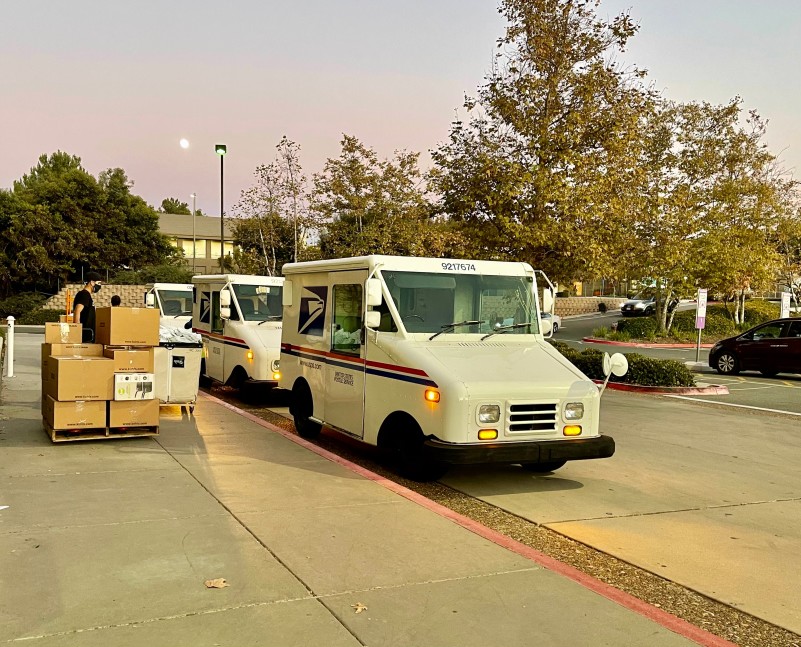
Do You Need Envelope Insurance?
Sending a letter via first-class mail isn’t all that difficult and shouldn’t be that risky, but if you’re sending something important or sensitive through the mail it might not be a bad idea to insure that envelope. Insurance for first-class mail is almost unbelievably expensive, giving you any of opportunity to invest in a lot of security should something happen to your mail without spending a small fortune.
The overwhelming majority of people that send something through the mail with the USPS are going to have absolutely nothing to worry about. Their letters are going to go from Point A to Point B without trouble and without delay. Some people, though (especially with the volume of mail being handled right now), aren’t going to be quite as lucky. Those folks are going to see their mail get rerouted, dropped, bent, crumpled, or even lost completely – and that might be a very, very big deal. If you have any nerves whatsoever about your mail not reaching its ultimate destination, it’s not a bad idea spring for at least a little bit of insurance.
As mentioned above, you can get hundreds of dollars of insurance for first-class mail for almost nothing (a few dollars) – and at that point you have to be at least a little crazy not to.
![]()
What About Tracking?
Tracking is another bonus feature that you might want to purchase with your envelopes, especially if you or your recipient wants to be able to track its progress as it moves through the mail. People choose first-class mail most of the time because it’s the least expensive option, which also means it’s often the slowest option. But if you’d still like to track things as they progress you can certainly do so, adding tracking to your first-class postage for a dollar (or less) most of the time.
If you are sending an envelope priority mail, rush delivery, overnight, or express the chances are very good that you’re going to want to watch its progress as it moves through the USPS logistical chain. Luckily, when you bump up from first-class mail to any of those expedited mailing services you’re almost always going to get tracking information included with the price of postage. This isn’t always the case, however. It’s not a bad idea to double confirm before you drop your envelope off – and of tracking isn’t included, make sure that you add it extra.
Would You Like a Receipt of Confirmation?
You don’t (necessarily) have to pay for Registered or Certified mail just to get a receipt of delivery. A lot of people think that the only way to get receipt of delivery is to pay for Registered or Certified mail postage, but you can add this as an accessory feature just like you can add tracking information (and more) to first-class mail as well. Sure, it’s going to cost a little bit more (sometimes a couple of dollars) but if it’s critically important that your mail piece has a chain of custody or proof of receipt it’s not going to be a hurdle at all.
There are a bunch of different reasons you might want to add a receipt of delivery to your first-class mail, too. Some people will want to confirm that their recipient got a piece of first-class mail just put peace of mind that it’s been delivered in the first place. Others are going to be sending envelopes with business documents, legal documents, or other important documentation has to have a chain of custody to keep secure.
It’s always a good idea to pay extra in those situations to get that receipt of delivering, that’s for sure!
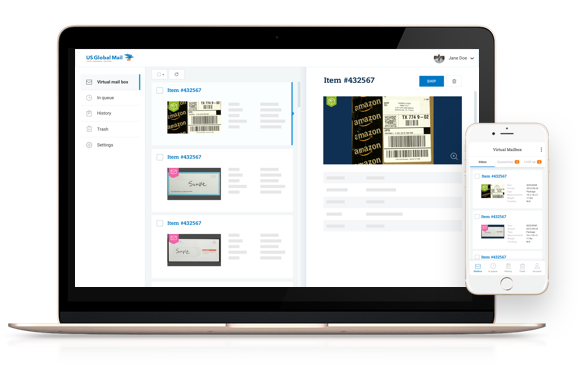
US Global Mail is the Ultimate Virtual Mailbox Solution
Now that you have a good idea of how to send envelopes through the mail as effectively as possible, it might be time to start looking into a new (and more modern) mailbox solution in general. That’s where US Global Mail comes into play. The premier virtual mailbox service on the market today, US Global Mail has been helping their customers improve their mailing experience from top to bottom for more than 20 years. Not only do you get a virtual mailbox with all the benefits that offers – digital mail scanning, digital mail arrival alerts, mail forwarding, package acceptance, check depositing, and more – but you also get a physical street address for your new virtual mailbox, too.
That’s a big bonus for those that want a little more privacy as well as those that like the professionalism of a street address compared to a traditional PO Box set up. If you’re interested in learning more about all US Global Mail has to offer, check out their website or contact their customer service department today for more details.

